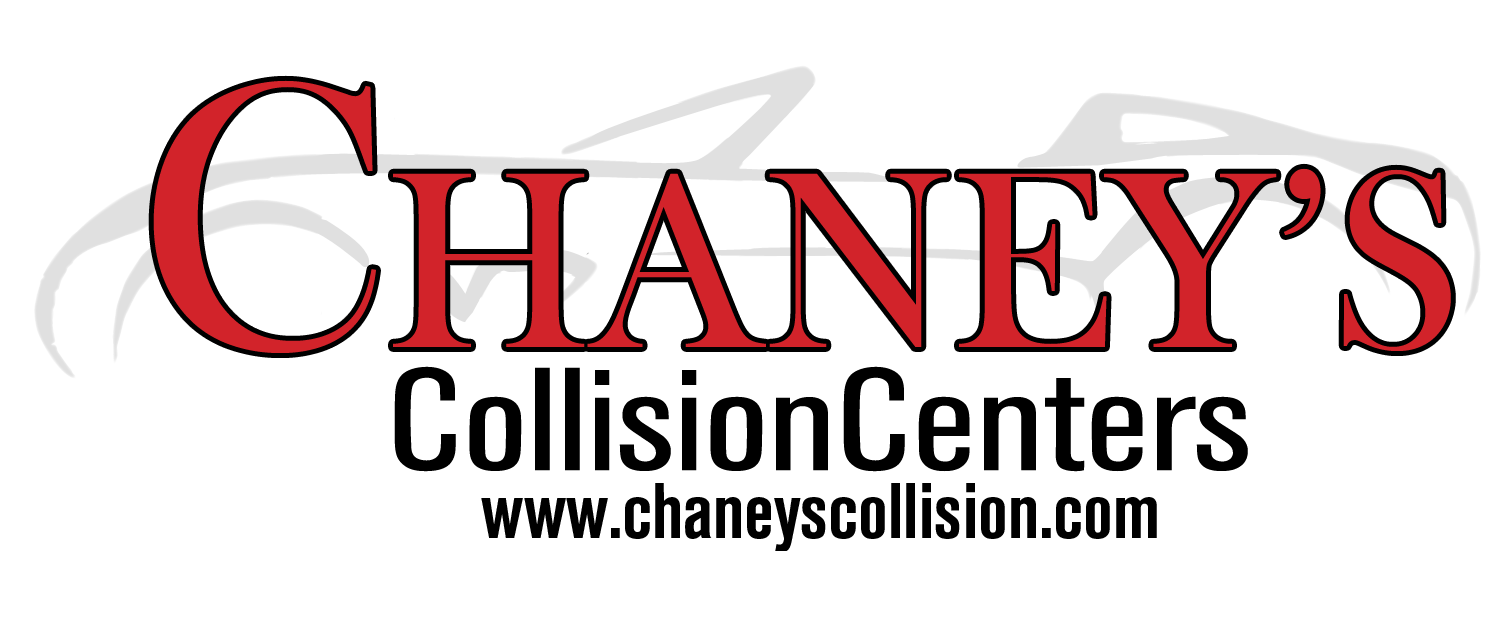How to Tell If Your Car’s Frame is Bent After an Accident
 After a collision, determining whether the frame has sustained damage is essential. A bent frame can affect the vehicle’s safety, handling, and overall performance. Ignoring structural misalignment may lead to costly repairs and potential safety hazards. Recognizing the warning signs helps prevent long-term issues and ensures the car remains roadworthy.
After a collision, determining whether the frame has sustained damage is essential. A bent frame can affect the vehicle’s safety, handling, and overall performance. Ignoring structural misalignment may lead to costly repairs and potential safety hazards. Recognizing the warning signs helps prevent long-term issues and ensures the car remains roadworthy.
Visible Signs of Frame Damage
Uneven Gaps Between Panels
Inspecting the alignment of doors, fenders, and trunk gaps can reveal structural problems. If any panel appears misaligned or does not close properly, frame damage may be present. Large gaps or tight spots where none existed before suggest that the structure has shifted.
Warped or Twisted Components
Looking at the vehicle from different angles can help identify subtle distortions. If one side appears lower or twisted compared to the other, the frame may no longer be straight. Checking under good lighting makes it easier to spot irregularities.
Cracks or Creases in Metal
A close inspection of the undercarriage and wheel wells can uncover stress marks. Creases or fractures in metal components indicate that the force of the impact has deformed the structure. Rust forming around these areas may further confirm hidden damage.
Performance Issues While Driving
Pulling to One Side
A misaligned frame often affects the car’s ability to drive in a straight line. If pulling occurs despite proper alignment and balanced tires, the frame may not be sitting correctly. Testing this by driving on a flat, straight road can provide insight into possible structural shifts.
Uneven Tire Wear
Damage to the vehicle’s structure can alter the suspension geometry. If tires wear out unevenly despite regular rotations, a bent frame could be the underlying cause. Uneven pressure on the wheels due to improper alignment leads to premature tire degradation.
Strange Noises or Vibrations
Unusual creaks, groans, or rattling sounds while driving over bumps can indicate frame misalignment. A distorted structure stresses different components, causing noises that were not present before. Persistent vibrations, even after wheel balancing, could suggest a deeper issue.
Inspection and Diagnosis
Measuring Frame Dimensions
Using a tape measure, checking the distance between fixed points on opposite sides of the vehicle can reveal discrepancies. If one side measures differently from the other, the frame may have shifted. A professional inspection provides more precise measurements.
Checking Suspension Components
A bent frame often affects suspension alignment, leading to uneven ride height. Comparing both sides of the vehicle by measuring from the ground to the wheel arch can highlight inconsistencies. If one side sits lower than the other, the structure may have been compromised.
Seeking Professional Assessment
When any of these signs appear, consult an auto body repair specialist. Advanced diagnostic tools can accurately assess frame alignment and determine the extent of the damage. Professionals can also recommend whether repair or replacement is the safest option.
Conclusion
Recognizing frame damage early helps prevent further complications. Checking for visible misalignment, monitoring driving performance, and seeking expert advice ensures that the vehicle remains safe and reliable. Addressing frame issues promptly avoids unnecessary wear on other components and protects overall structural integrity.
